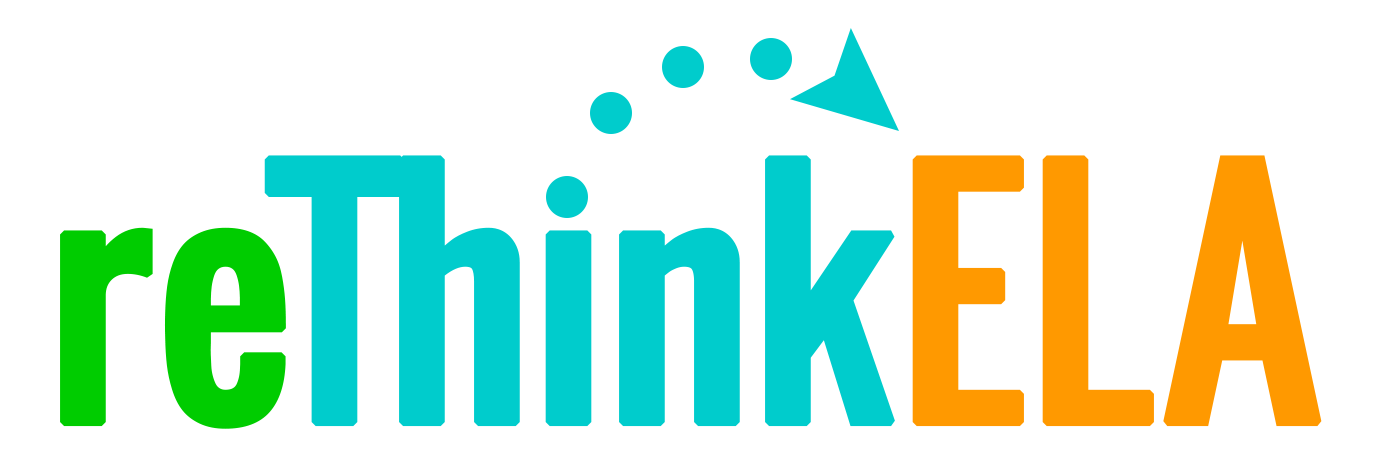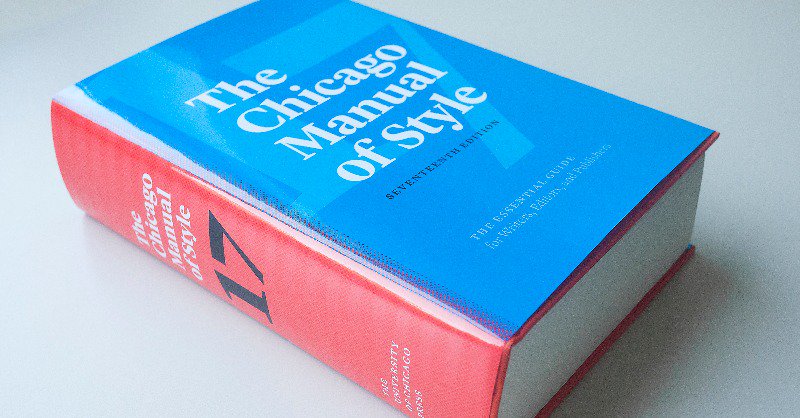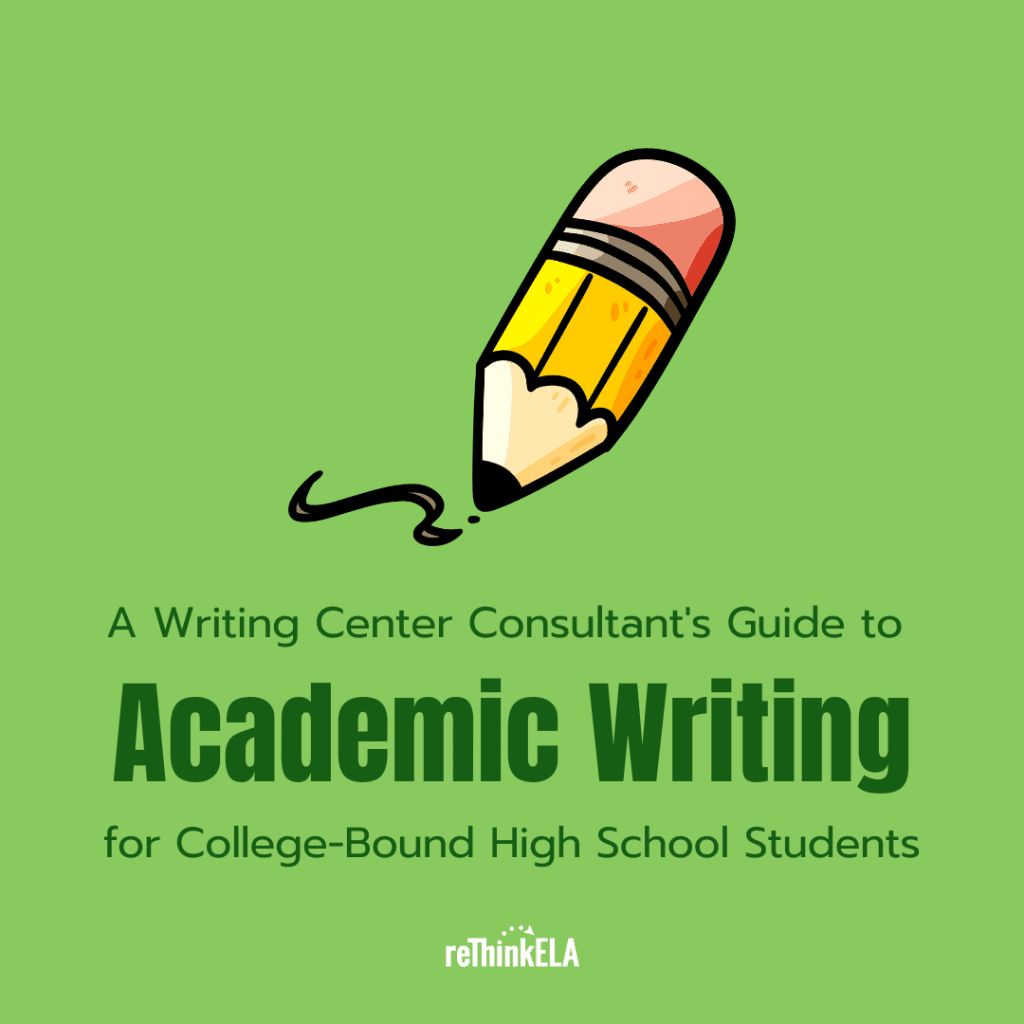
If you've been following the blog over the past few months, you know that I've been working as a writing consultant at OU while I finish my PhD in English Education. In my time at the writing center, I've worked with dozens of students on their academic writing, and I've amassed a collection of resources that I share with them over and over again.
I've been thinking that a writing center consultant's guide to academic writing might be just what college-bound high school students need to step up their writing game. So, I'm going to start working on a guide that covers everything from brainstorming and outlining to drafting and revising. I'll also include tips on how to find and use academic resources, how to cite sources correctly, and how to polish your writing for publication.
I'll keep you updated on my progress, and I'll share the guide with you when it's finished. In the meantime, if you have any questions about academic writing, feel free to leave a comment below.
Academic Phrasebank
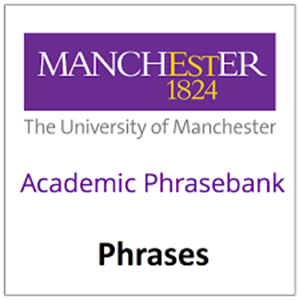
The Academic Phrasebank is a resource for academic writers that provides examples of phrases for research papers and dissertations. It includes phrases for different sections of academic writing and general communicative functions. The resource is useful for researchers reporting their work and can be incorporated into writing with creativity and flexibility. The phrases are content neutral and generic, so they do not constitute plagiarism. The Phrasebank was primarily designed for writers who are multilingual English learners, but it is also helpful for monolingual English writers.
General Academic Writing Conventions
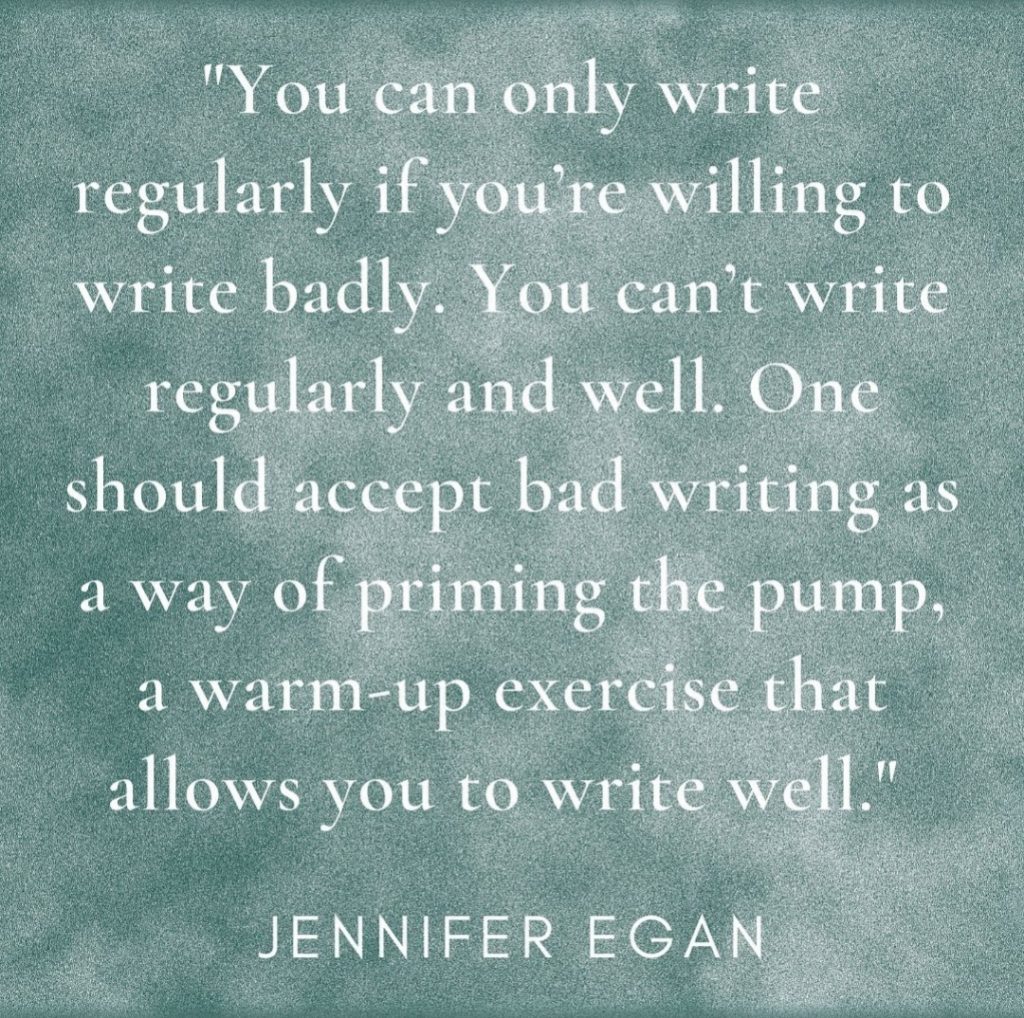
Audience and Purpose
Audience and purpose includes advice on understanding your audience and purpose for writing, and how to tailor your writing accordingly. For example, you would use different language and tone when writing for a professor than you would when writing for a general audience.
Organization And Structure
Organization and structure includes advice on how to organize your writing in a logical and coherent way, using clear headings and subheadings. It also includes advice on how to structure your arguments in a way that is easy for your reader to follow.
- How to develop an outline
- Writing in chronological order
- Introductions and conclusions
- Here is a resource to help with introductions
- Writing introductions
- How to write a thesis statement
- Using transition words to show sequence (and for other purposes)
- More information about thesis statements in literature papers
- A guide for paragraph structure
- Paragraph structure
- Writing rhetorical analysis
- Metadiscourse in academic writing
- Here is a link to more information about transitions
- Writing conclusions
Style and Tone
Style and tone includes advice on choosing the right style and tone for your writing, depending on your audience and purpose. For example, you would use a more formal style when writing for a professor than you would when writing for a blog post.
Grammar, Punctuation, and Mechanics
Grammar, punctuation, and mechanics are essential for clear and easy-to-read writing. This category of advice includes tips such as maintaining verb tense consistency, making sure your pronouns have antecedents, how to use commas with clauses, and when to capitalize nouns.
Chicago Style
Chicago Manual of Style is the style I’ve seen the least in the writing center. However, it’s used in history, literature, the arts, business, law, and medicine.In this section, we will provide some basic advice on how to use Chicago style in your academic writing. I have not worked with Chicago as much as I have the other two styles mentioned here.
APA Style
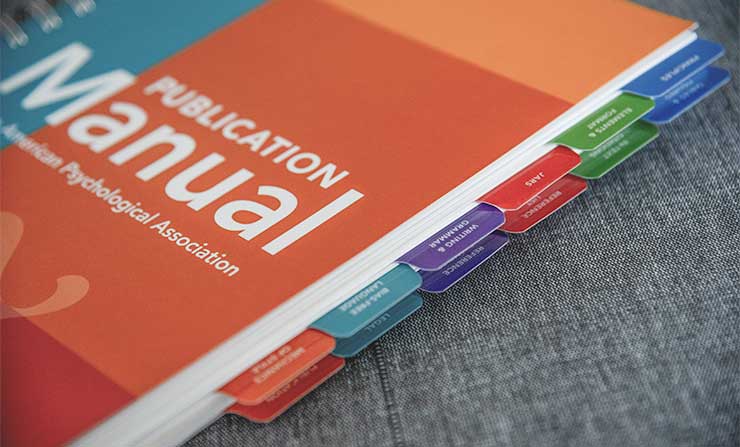
American Psychological Association (APA) style is one of the most popular style guides for academic writing in the social and behavioral sciences. I use it exclusively in my writing for education (though some publications in the field of English education use MLA). Here is all the advice I have given on how to use APA style.
APA Format
Formatting headings in APA style (chart)
APA Citations
- Basics of in-text citations
- Comprehensive guide to APA in-text citations: one or more authors, no date, two authors with the same last name, and more
APA Reference Page
MLA Style

Modern Language Association (MLA) style is the popular style guide taught at the high school level and is still used in academic writing in the humanities and liberal arts. In this section, I provide some basic advice on how to use MLA style in your academic writing.
MLA Format
MLA Citations
- Comprehensive guide to MLA in-text citations: one or more authors, multiple sources in one parenthetical citation, etc.
MLA Works Cited Page
Academic Narrative Writing

Argumentative Writing

Descriptive Writing

Expository Writing
Annotated Bibliography
Literature Review
College-level Research Paper (Not just a literature review)
Applications
Personal Statements
Teaching Statements
Scholarship Thank You Letters
Resumes
Technical Guides
How to automatically indent the first line of your paragraphs in Word
Organize, annotate, and tag your sources with Mendeley or Zotero
Section breaks in Word so you can change your page numbering conventions
As I continue working with more writers, and particularly as I begin working with high school students as both a writing consultant and writing center director, I anticipate adding more resources. Naturally, if you know of any resources that you find yourself turning to frequently, please add them to the collaboration area below.
